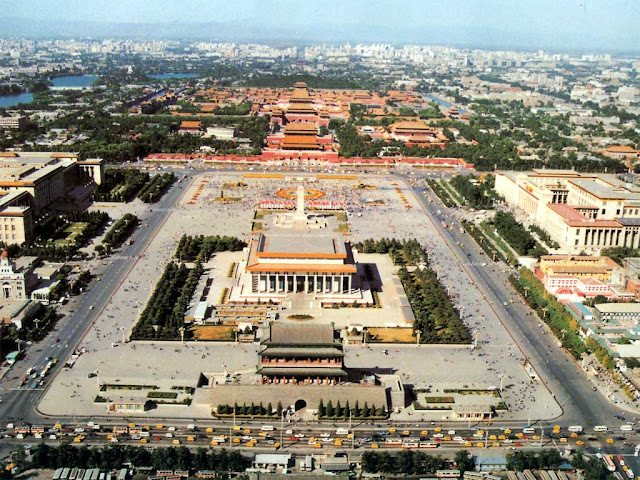Friday, October 14, 2011
Final Post - Asset Based Community Development
Illustrate your understanding of Asset Based Community Development by describing how you could see it applied to a particular problem in a particular city.
Tuesday, October 4, 2011
Australian Planning Question 2
Using Australia and New Zealand as examples, in 100 words or less summarise what you think are the benefits and costs of centralised decision-making compared with higher levels of community involvement when assessing development applications and options.
Tuesday, September 27, 2011
Nigeria's Future
How do you see Nigeria developing in the next ten years (a) with and (b) without solutions to urban challenges? What kinds of solutions should be explored?
Monday, September 19, 2011
Chinese cities
Danwei may appear to be a particularly Chinese way of organising living and working space in an urban environment. However, villages in many other parts of the world were traditionally mapped out - deliberately or organically - in similar (though not the same) ways. In addition, many towns and cities were built around businesses, from car-manufacturing in the US to chocolate making in Dunedin (Cadbury). There is now interest in re-creating urban villages, with one recent example being the Transition Town movement. Do you think the danwei model is something non-Chinese cities could learn from, and what would the difficulties in pursuing danwei in a non-Chinese setting? (The hyperlink for danwei is to a book that gives a brief overview to refresh your memory as to what danwei are. I've also posted a paper on Cecil for you to have a look through).
Tuesday, September 13, 2011
Samoa Tourism
You are a member of the Samoan Government and have been approached by an overseas investor interested in investing in tourism in Samoa. S/he is not a Samoan national but wishes to be involved in ecotourism. What you advise them in terms of the process and the issues to be aware of?
Tuesday, August 23, 2011
The Past is Another Country
Using your own neighbourhood, identify a feature (eg green space, road, house, utility supply, block layout, shopping precinct etc) that is an example of how what was done in the past would not necessarily be done now. Can you identify why it might have been done then and not now? How does it influence (ie restrict or otherwise) what is done today?
Tuesday, August 16, 2011
North American Blog #2
In the lecture on Monday 15 August Wayne Feiden described how small changes can make a big difference. One example was indicators of obesity being access to reasonably priced healthy food (supermarkets); the ratio between healthier food outlets and convenience stores; and the presence and number of community gardens. Another was road corridor design: how sharp is the angle of a curb, influencing traffic speed? or phase times on traffic lights. Using an example in Auckland, describe how a small change might make a big difference - you can use similar examples to those discussed in the lecture (traffic, health) or select your own. Feel free to upload photos if you wish.
Tuesday, August 9, 2011
South Africa - Blog #4
Describe in 100 words how the planning process in South Africa has contributed both to entrenching apartheid and offering a way of helping those who suffered under that regime.
Tuesday, August 2, 2011
Australian Planning Question 1
In 100 words describe the benefits and limitations of master planning compared with inner-city bars-and-lane development in Sydney.
Wednesday, July 27, 2011
North American Blog #1
In the context of our discussion about post-industrial cities in North America, what is the role of planning in addressing issues of urban decline caused by demographic and economic change?
Time line: please reply by 9 August 2011.
Time line: please reply by 9 August 2011.
Monday, July 18, 2011
Place specific sustainability
In 100 words please describe a sustainable, or unsustainable, activity where you live or in a place you have visited. It's probably best to select one feature and explain why it is unsustainable, and what you would suggest as an alternative.
Tuesday, July 12, 2011
Welcome to Comparative Planning 2011
As in previous years this blog is open to students doing Planning 332 and 337. Topics will be posted weekly for students to comment on, and they can comment on blogs more than once if they wish. The objective is to investigate how different countries approach planning issues, and gain insights from others doing this course.
Subscribe to:
Posts (Atom)



